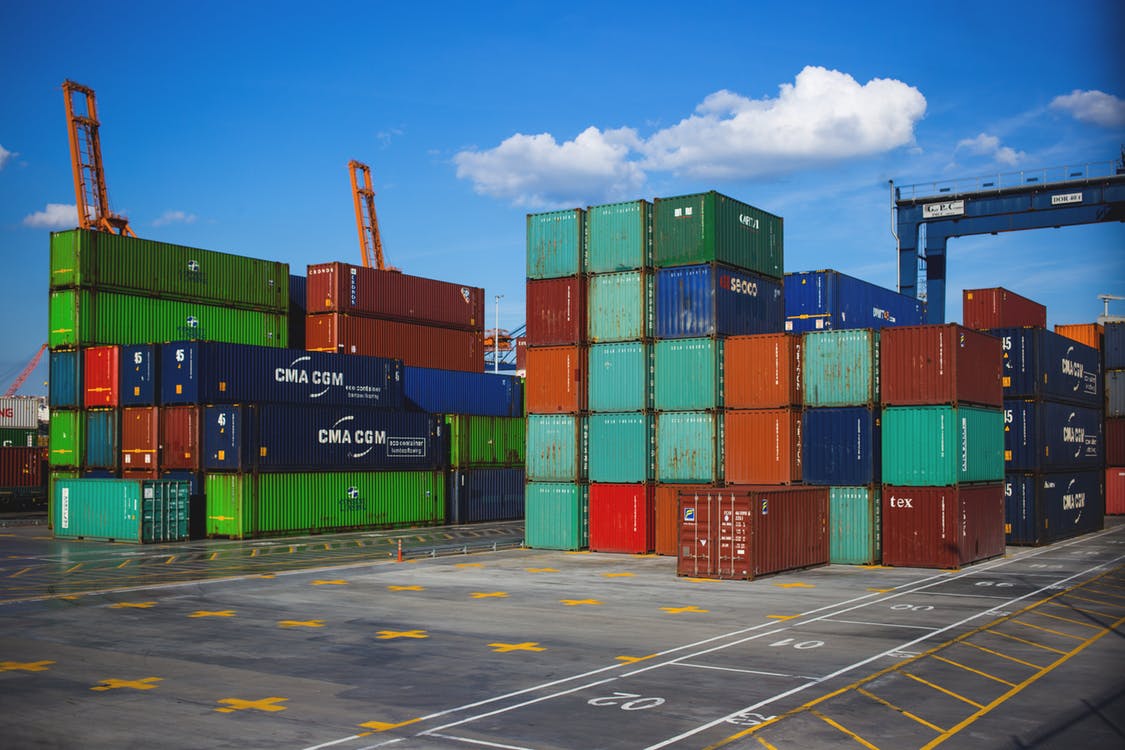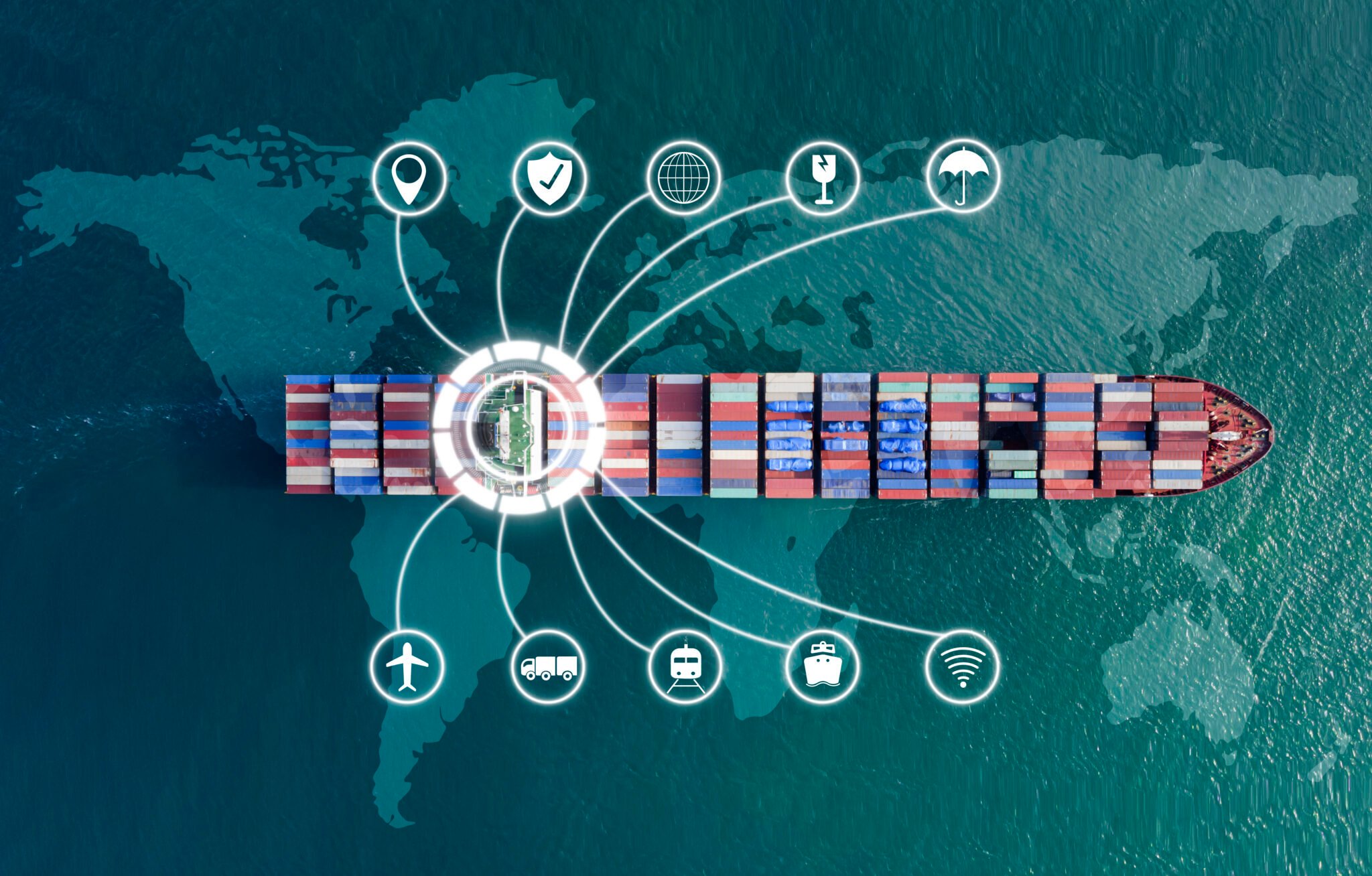Importing wood and wood products to the U.S. generally has two requirements. First, you must ensure the wood is sanitized before they’re allowed to be imported. Second, you must submit the Timber and Timber Products Import Permit with each commercial import.
Treating and Sanitizing Wood and Wood Products
The U.S. Department of Agriculture’s Animal and Plant Health Inspection Service (APHIS) requires all wood and wood products to be sanitized before they are allowed to be imported. This is so that no non-native pests or diseases enter the U.S.
There are two separate options for the treatment of wood and wood products:
- Heat treatment, which involves the use of a kiln dryer or dry heat such as a microwave energy dryer, or
- Chemical treatment that involves the use of surface pesticides, preservatives, or fumigation.
Any wood products from China that contain bark do have additional requirements and restrictions.
Submitting the Necessary Import Permit
Each time you import any wood or wood products into the U.S., you must submit the Timber and Timber Products Import Permit (PPQ form 585).
If the wood is listed under regulations relevant to the Convention on International Trade in Endangered Species of Wild Fauna and Flora (CITES) then there are additional regulations:
- A general permit from the USDA.
- Certificates issued by the CITES representative organization in the product’s country of origin. These certificates state that the wood product will not cause any damage to the survival of the species of woods it is made from, and that no laws were broken in its country of origin to obtain the materials for the product.
- Certificates issued by the CITES representative organization in the U.S.
- Arrival at a U.S. port of entry that is authorized to accept shipments of species listed by CITES.
Head to the Harmonized Tariff Schedule to find Harmonized Tariff codes and duty rates for your products.




